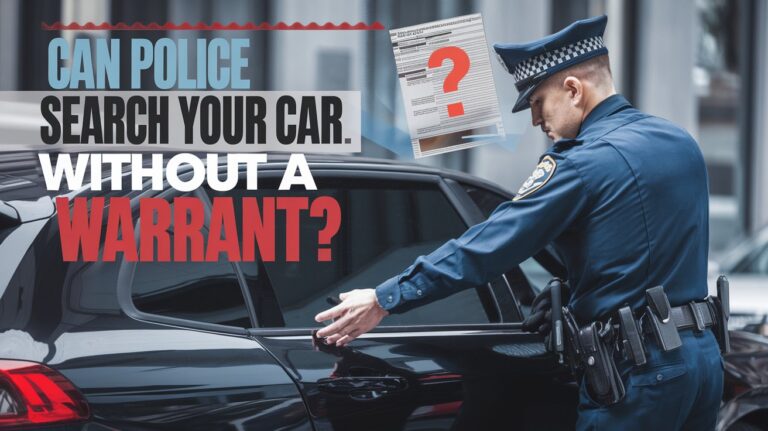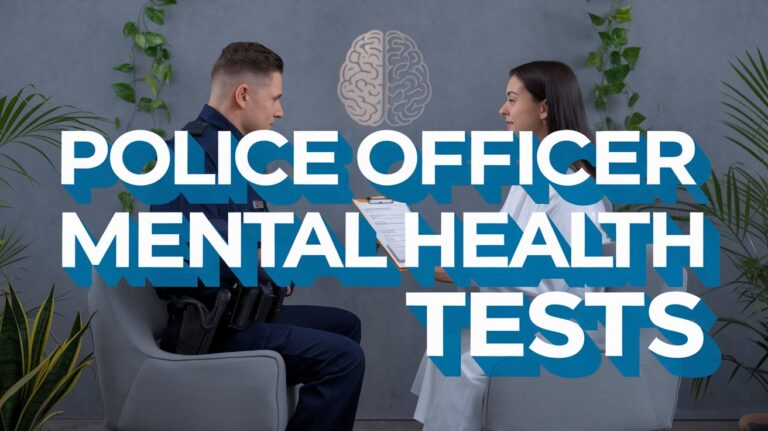Why Do Police Touch Your Car? The Truth Behind Traffic Stops

Ever been pulled over and noticed the officer touching your car? Police officers often touch vehicles during traffic stops for safety reasons and to leave evidence of their presence. This seemingly odd habit has sparked curiosity and confusion among drivers. In this post, we’ll explore the reasons behind this practice, its history, and what it means for both officers and motorists.
The History Behind Police Touching Cars
Origins of the practice
The practice of police touching cars during traffic stops dates back several decades. It began as a simple yet effective way for officers to ensure their safety and document their interaction with a vehicle.
Evolution over time
As policing methods have changed, so too has this practice. While some officers still touch cars out of habit, others have moved away from it due to new technologies and safety protocols.
Common Reasons Why Police Touch Your Car
Leaving fingerprints as evidence
One of the main reasons why police touch your car is to leave fingerprints. This creates a physical link between the officer and the vehicle, which can be crucial if something goes wrong during the stop.
Checking for an open trunk
Officers often touch the trunk to make sure it’s closed. This helps prevent surprises from anyone who might be hiding inside.
Startling occupants
Sometimes, the touch serves to startle the car’s occupants. This can reveal nervous behavior or suspicious movements that might indicate criminal activity.
Assessing the driver’s reaction
By touching the car, an officer can gauge how the driver reacts. Sudden movements or panic might suggest something’s amiss.
The Safety Aspect of Touching Cars During Traffic Stops
Officer safety considerations
Traffic stops can be dangerous for police. Touching the car helps officers stay alert and aware of their surroundings.
Public safety implications
This practice isn’t just about officer safety. It also helps protect the public by potentially preventing dangerous situations from escalating.
Modern Policing: Is Touching Cars Still Necessary?
Impact of technology on traffic stops
With dash cams, body cameras, and advanced computer systems in patrol cars, some argue that touching vehicles is no longer needed.
Current police training practices
Many police academies still teach this technique, but its emphasis varies depending on the department and region.
Legal Perspectives on Police Touching Your Car
Fourth Amendment considerations
The simple act of touching a car doesn’t violate Fourth Amendment rights against unreasonable searches and seizures. However, any further action without probable cause could be problematic.
Court rulings on vehicle searches
Courts have generally upheld an officer’s right to touch a vehicle during a traffic stop, as long as it doesn’t cross into an illegal search.
What to Expect When You’re Pulled Over
Standard traffic stop procedures
When you’re pulled over, stay calm. The officer will likely approach your vehicle, possibly touching it as they do so.
Your rights during a traffic stop
Remember, you have rights during a traffic stop. You don’t have to consent to a search, but you should comply with lawful orders.
Debunking Myths About Police Touching Cars
Common misconceptions
Some people think officers touch cars to plant evidence or conduct secret tests. These are myths with no basis in reality.
Fact vs. fiction
The truth is much simpler: it’s about safety and leaving evidence of the interaction.
The Psychology Behind the Touch
Non-verbal communication in law enforcement
Touching the car is a form of non-verbal communication. It can help establish the officer’s presence and authority without words.
Building rapport during traffic stops
Believe it or not, this small action can help build a sense of connection between the officer and the driver, potentially easing tensions.
Why Do Police Touch Your Car? The Bottom Line
Police officers touch cars during traffic stops for safety and procedural reasons. This practice has changed over time but many departments still use it. The reasons behind this action explain a common part of traffic stops that people often don’t understand.
Remember, if you’re pulled over, stay calm and follow the officer’s instructions. The touch on your car is just one part of standard procedure designed to keep everyone safe during the interaction.
As policing continues to evolve, we may see changes in this practice. But for now, if you notice an officer touching your car during a stop, you’ll know why. It’s all part of their job to ensure safety and maintain a record of the interaction.
So, the next time you’re pulled over and see that hand on your taillight, you’ll have a better understanding of why police touch your car. It’s not just a quirky habit, but a thoughtful practice with roots in officer safety and procedural thoroughness.






